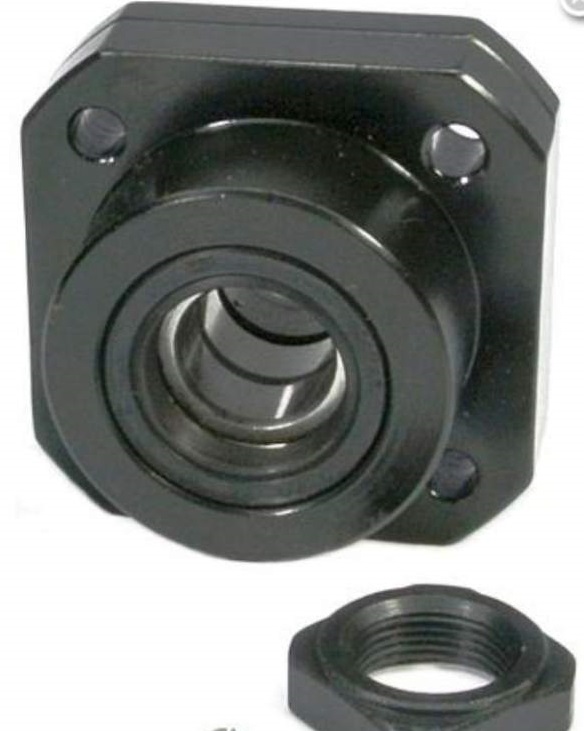Rivnuts are great. Except for the cost of the installation tool.
However, a DIY tool can be made pretty darn easily.
Here is what you need
- A bolt that fits your steel Rivnut that is about 2″ long
- A nut that fits the bolt.
- A piece of 1/8″ flatbar steel 1″ x 8″.

A little bit of prep work
- In the steel, drill a hole in the end the same size as the bolt.
- On the nut, grind or scratch a mark point
How to assemble it
- Drill the hole for the rivnut and insert it into the sheet metal.
- Put the nut on the bolt
- Place the piece of steel over the bolt
- Screw it into the assembly into the rivnut
- Snug it up so that the bolt is through the rivnut, then the nut snugs up the steel to the rivnut

How to tighten it all together
- Put a wrench on the bolt, hold it fixed with the steel.
- Put another wrench on the nut, start to tighten it
- Tighten the nut three revolution (using the mark point)

You are done! Even with steel rivnuts, it does not take a lot of effort.





